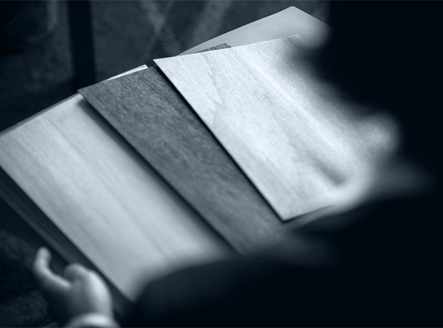Technology of Fired Rock Series Sheet
Fired Rock Series panels are typically manufactured using advanced surface treatment techniques to simulate the texture and appearance of real fired rock using 3d printing technology. This technology may involve high temperature treatments, chemical treatments and special coating processes to create unique textures and colour effects on the surface of the sheet.
Design Principle
The design principle is based on the observation and study of natural flamed rocks. The aim is to reproduce the irregular grain, rough texture and rich colour variations of flamed rock by artificial means to satisfy people's pursuit of natural beauty, and to apply it in areas such as architectural decoration and interior design.
Hot pressing process
The hot pressing process plays a key role in the production process. Through the action of high temperature and pressure, the raw materials of the panels are tightly combined to enhance their strength and stability. At the same time, the pressing process helps to mould the shape and dimensions of the panels to ensure that they conform to the design requirements.
Product structure and raw materials
The structure of this range of panels may include multi-layer composite structures to increase their strength and durability. Common raw materials include stone granules, resins and fibre reinforcements. These raw materials are carefully selected and proportioned to achieve the desired performance and appearance.
Characteristics of Flamed Rock Textures
Flamed rock textures usually have irregular shapes and sizes and exhibit shades of colour, as if burnt by fire. The surface of the grain may have an uneven texture, giving it a rugged and natural look.
Features
Uniquely decorative, it can add a natural and primitive atmosphere to a space. Meanwhile, it is durable and can adapt to different environmental conditions.
Advantage
Compared with real fire-rock, the panels are lighter and easier to install and maintain. It can also be customised according to design needs to meet the special requirements of different projects.
Role (Function)
It is mainly used to decorate and protect surfaces such as walls and floors, increasing the beauty and personality of the space. At the same time, it can also play a certain role in sound insulation, heat insulation and moisture resistance.
Application (Usage)
Widely used in commercial space (such as restaurants, hotels), residential decoration (living room, bedroom) and public buildings (museums, libraries) and other places of wall and floor decoration.

 英语
英语 中文简体
中文简体































